Use this homemade natural fungicide for plants to treat powdery mildew and other fungal issues around the garden.
An Easy DIY Natural Fungicide for Plants
If you’re growing any gourds this year, this easy homemade fungicide recipe might just come in handy for you. Cucurbits like cucumbers, squash, pumpkins, and watermelon are notoriously prone to a fungal disease known as powdery mildew.
You May Also Enjoy:
“How to Use Squash Pits for Bigger Garden Yields” (Video)
As you’ll see below, this simple fungicide for plants can be used to treat other fungus issues around the garden as well. It is also widely used by rose aficionados to help control the black spot fungus that is a common problem for rose bushes.
Is Powdery Mildew Consuming Your Cucumbers?
Powdery mildew is easily recognizable in an otherwise healthy garden. When this fungus goes unchecked, it often looks like someone has used a flour sifter to apply a thin coat of flour across the leaves of affected plants.
Powdery mildew can pop up on other garden plants too. Some other plants that are especially prone to this fungal issue include phlox, bee balm, roses, apples, and grapes.
Make Your Own Homemade Fungicide for Plants
This basic recipe originally came from The Natural Gardener in Austin.
Ingredients
4 level tsp. or 1-1/3 tbsp. of baking soda
1 teaspoon of mild soap (e.g., Dawn or Ivory—should be biodegradable with no phosphates)
1 gallon of water
Directions
Mix all ingredients thoroughly and keep agitated. Then spray plants. Spray all leaves thoroughly until the solution begins to run off. Spray the top and bottom of affected leaves and all of the small new leaves, even if they don’t appear to have the fungus yet.
Peer Reviewed and Scientist Approved
Gardeners might be infamous for passing along myths and legends, but this DIY natural fungicide has some pretty good academic credentials. Dr. R. Kenneth Horst from Cornell University led a series of studies to document the effectiveness of baking soda as a fungicide.
You May Also Enjoy:
“Colloidal Silver Kills Plant Fungus, Produces Larger and Healthier Crops”
“Grow Your Own Jack-o’-Lanterns: Learn How to Save Pumpkin Seeds”
His studies found that a 0.5% solution of baking soda is best to control powdery mildew in cucurbits, and he found that using a surfactant (like soap or horticultural oil) is necessary to make the solution effective.1)http://www.attra.org/attra-pub/bakingsoda.html You can find lots of information about Dr. Horst’s work and other relevant research in this document from the National Center for Appropriate Technology:
View or Download This Resource Here: “Use of Baking Soda as a Fungicide”
First Steps to Controlling Fungal Issues
Before you start breaking out the natural fungicide, consider whether or not you might be able to control the issue with some other “natural” measures.
Watch Your Water
For example, did you know that you may be able to fight fungus simply by adjusting your watering schedule? Powdery mildew can spring up during exceptionally dry conditions, especially when you have hot, dry days and cool nights. If you are growing plants that are susceptible to drought stress, make sure that they are getting regular water during summer hot streaks.
You May Also Enjoy:
“11 Irrigation Techniques for a Happy Garden”
Circulate the News
Air circulation is one of the biggest factors in many fungal infections, and you might be able to control powdery mildew and other fungal issues by spacing plants farther apart and pruning selectively to increase air flow through the affected area.2)The Organic Gardener’s Handbook of Natural Pest and Disease Control. Ellis, Barbara W. and Martin, Deborah L. 2009. Rodale.
Join the Resistance
And if you’ve had problems with powdery mildew in the past, one of the best things you can do is be sure to select plants that are resistant to powdery mildew in the future. Some varieties are less susceptible to the fungus, and they are advertised as being resistant in seed catalogs and garden centers.
What Do You Think?
Do you have a favorite fungicide for plants that you use in your garden? Do you have your own recipe for homemade fungicide? Let us know in the comments below!
________________________
The Grow Network is a participant in the Amazon Services LLC Associates Program, an affiliate program designed to provide a means for our team to earn fees for recommending our favorite products! We may earn a small commission, at no additional cost to you, should you purchase an item after clicking one of our links. Thanks for supporting TGN!

The Grow Network is a global network of people who produce their own food and medicine. We’re the coolest bunch of backyard researchers on Earth! We’re constantly sharing, discovering, and working together to test new paths for sustainable living—while reconnecting with the “old ways” that are slipping away in our modern world. We value soil, water, sunlight, simplicity, sustainability, usefulness, and freedom. We strive to produce, prepare, and preserve our own food and medicine, and we hope you do, too!
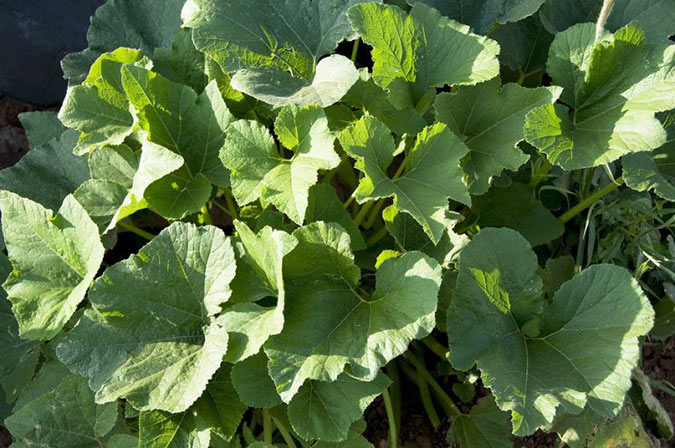
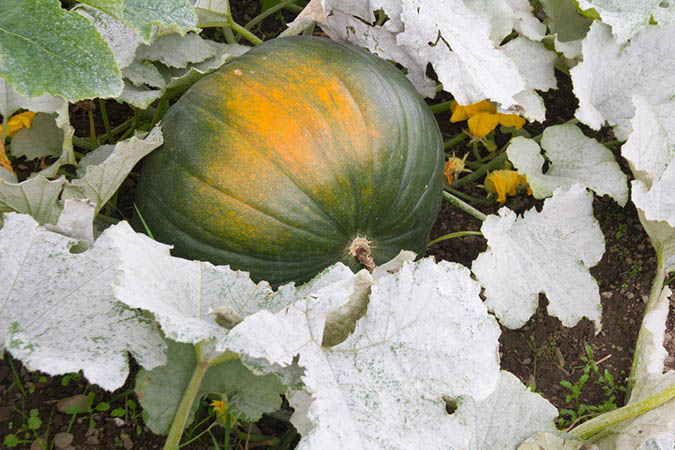
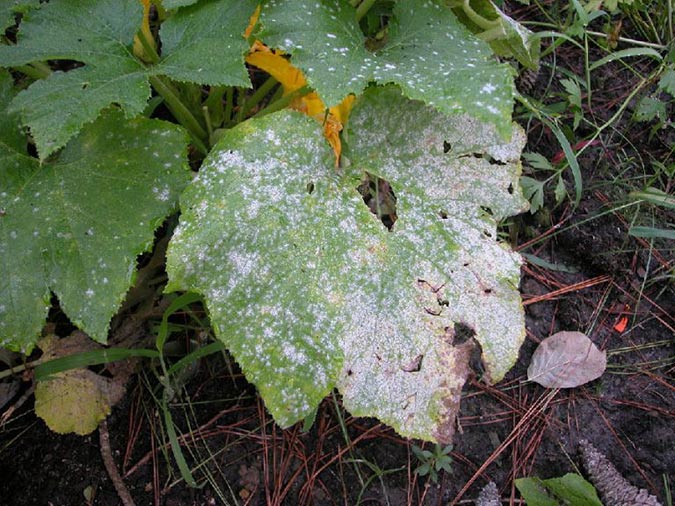
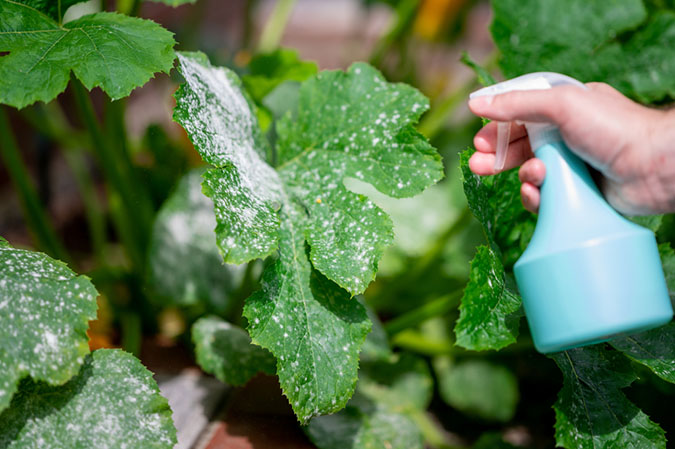
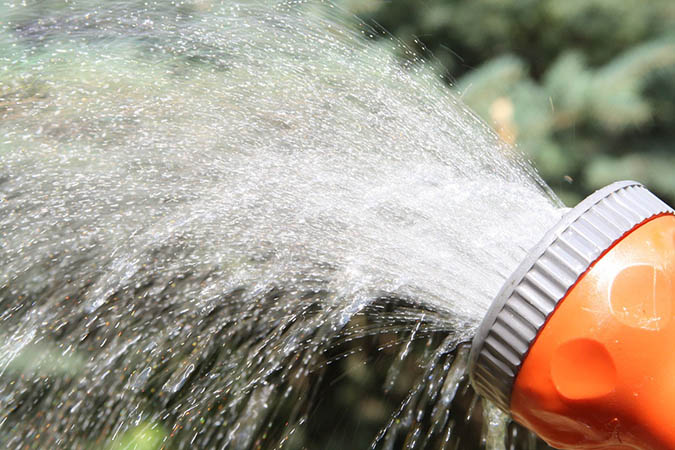







COMMENTS(7)
I wonder if this works on Hollyhock rust.
I have used milk, diluted about half and half from memory and it worked. I used some that was just starting to turn and am told that I can use it completely soured or fresh and the result will be the same.